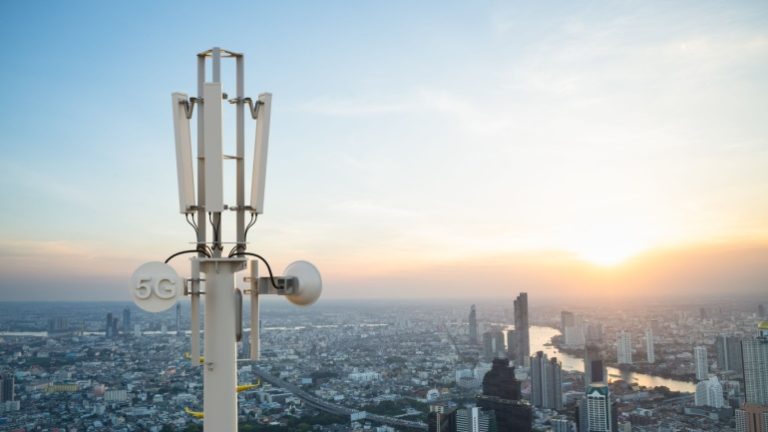
Fiber investment holds immense importance for a wide array of stakeholders ranging from government institutions to network operators and media companies. The reliance on oil fiber as a prime technology for the delivery of high-quality broadband access is undeniable. Known for its optimization, sustainability, and future-proof capabilities, it’s a pivotal player in the growth of various industry verticals like education, entertainment, health, home working, and smart city initiatives. Ensuring maximum investment in next-generation access technology can fuel the shift towards gigabit societies, offering a significant growth boost.
The potential of high-speed broadband networks in driving substantial socioeconomic growth has not gone unnoticed by governments across the globe. Many of them are now focusing on setting ambitious targets for broadband, not just for basic connectivity but for high-speed services as well. A memorable example can be found in the European Commission’s Digital Decade 2030 strategy. Its aim is to make gigabit services accessible to everyone in the region by 2030.
Projections from Omdia suggest that by 2028 approximately 44% of all consumer-grade broadband subscriptions will be gigabit services. Excluding business connections, this translates to 26% of global households having access to an average advertised speed of 1Gbps. However, a vast number of these gigabit connections are predicted to be located in Oceania, South-Eastern Asia, Eastern Asia, and North America. Fiber optic investment, especially in all-optical fiber networks, appears to be the solution to this growing gigabit-digital divide.
Acknowledging the gravity of fiber investment, Omdia introduced the Fiber Development Index (FDI) – an important measurement tool for the tracking and comparison of fiber development across 93 countries and territories. Unlike other fiber benchmarks which mainly track household coverage and/or penetration, the FDI provides a comprehensive range of fiber investment metrics. These include Fiber to the Premises (FTTP) coverage, Fiber to the Household (FTTH) penetration, Fiber to the Business (FTTBusiness) penetration, Mobile cell site fiber penetration, and Advanced WDM technology investment.
Following data analysis from Ookla Speedtest, the FDI also evaluates the overall broadband quality experience based on medium download and upload speeds, medium latency, and medium jitter. Singapore emerged with flying colors in Omdia’s FDI 2023, scoring maximum in seven of the total nine metrics. It was closely followed by UAE, Qatar, and China, the latter however witnessed a drop in this year’s FDI, primarily due to its latency and upload speed metrics which fell short in comparison to other countries, in spite of its impressive FTTP coverage, penetration, and overall download speed.




